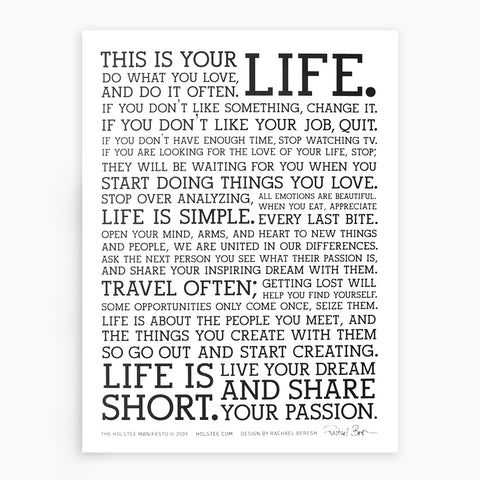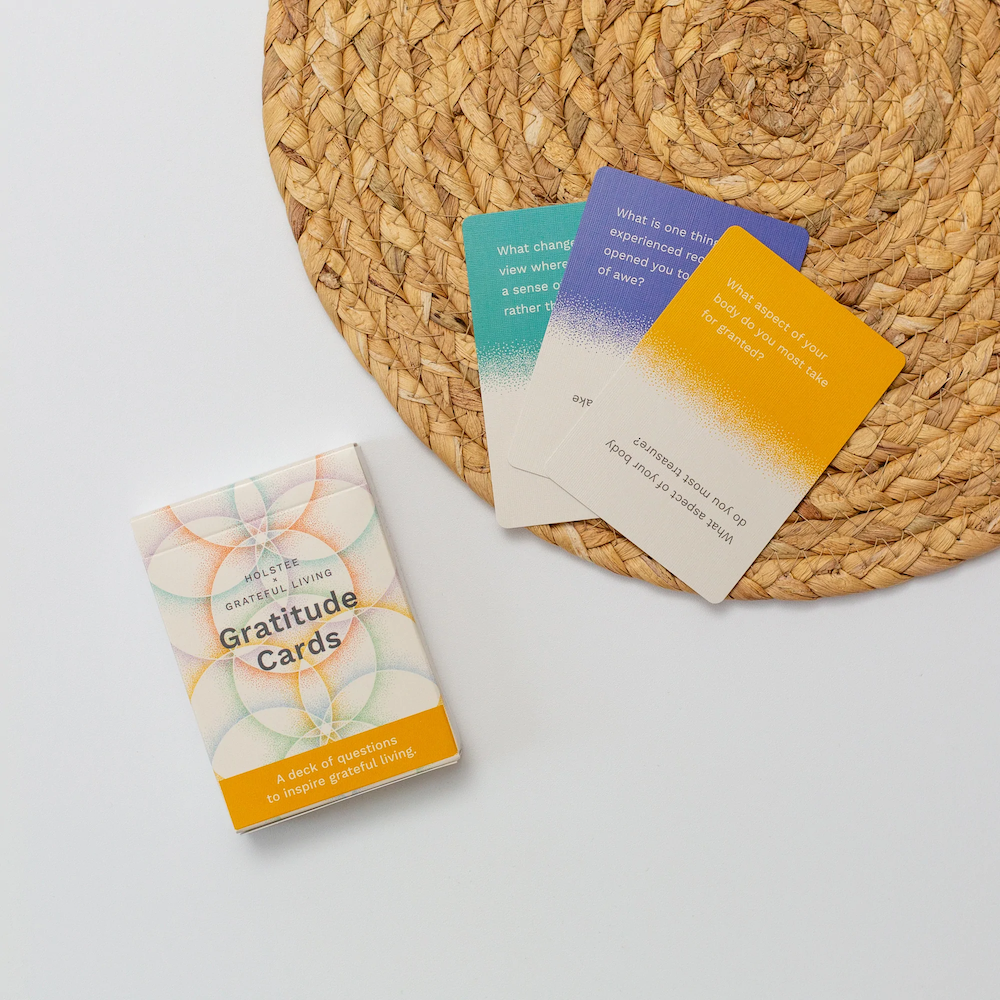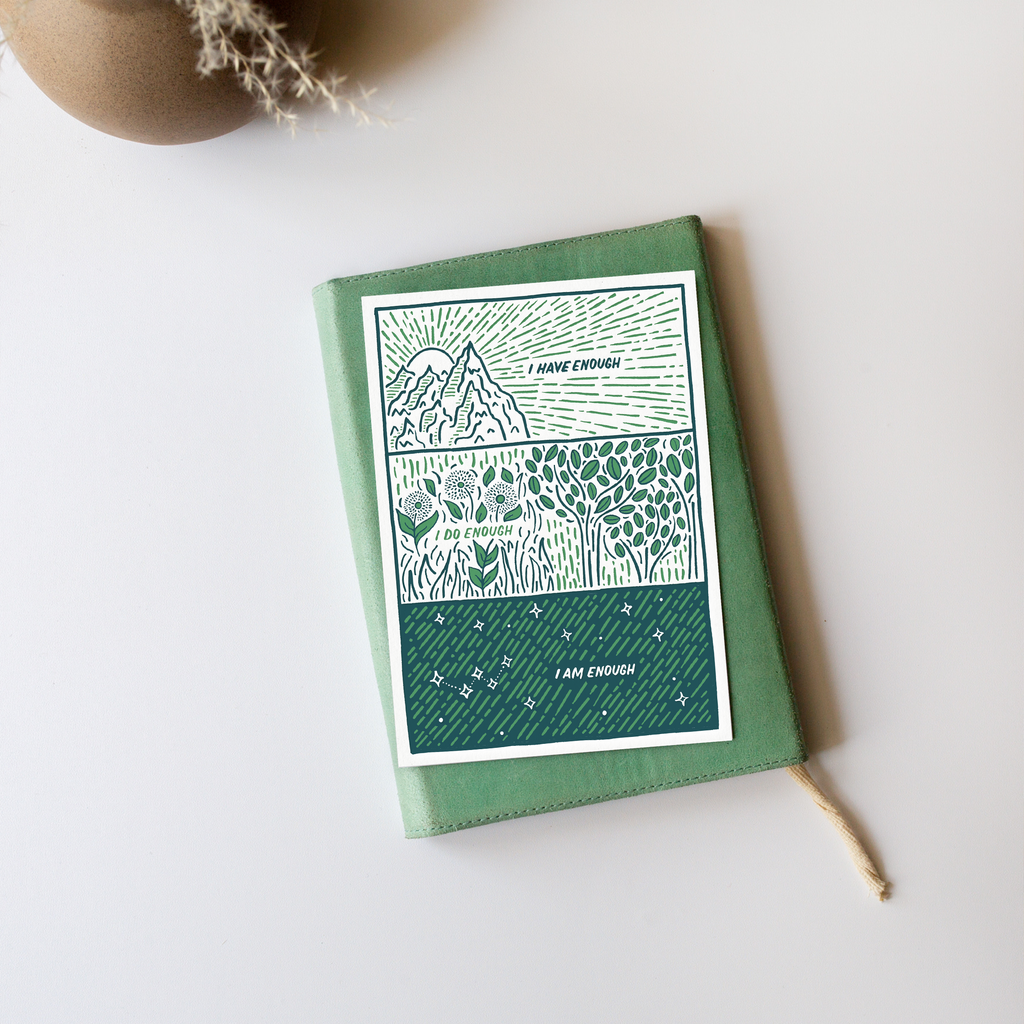Anne Lamott’s Bird by Bird: Some Instructions on Writing and Life (public library) is among my 10 favorite books on writing — a treasure trove of insight both practical and profound, timelessly revisitable and yielding deeper resonance each time. Lamott adds to the collected wisdom of great writers with equal parts candor and conviction, teaching us as much about writing as she does about creativity at large and, even beyond that, about being human and living a full life — because, after all, as Lamott notes in the beginning, writing is nothing more nor less than a sensemaking mechanism for life:
"One of the gifts of being a writer is that it gives you an excuse to do things, to go places and explore. Another is that writing motivates you to look closely at life, at life as it lurches by and tramps around."

What makes Lamott so compelling is that all of her advice comes not from the ivory tower of the pantheon but from an honest place of exquisite vulnerability and hard-earned life-wisdom. She recounts her formative years and where she headed once she encountered that inevitable fork in the road where we can choose between being shut in and shut down by our traumatic experiences, or using them as fertile clay for character-building:
"I started writing when I was seven or eight. I was very shy and strange-looking, loved reading above everything else, weighed about forty pounds at the time, and was so tense that I walked around with my shoulders up to my ears, like Richard Nixon. I saw a home movie once of a birthday party I went to in the first grade, with all these cute little boys and girls playing together like puppies, and all of a sudden I scuttled across the screen like Prufrock’s crab. I was very clearly the one who was going to grow up to be a serial killer, or keep dozens and dozens of cats. Instead, I got funny. I got funny because boys, older boys I didn’t even know, would ride by on their bicycles and taunt me about my weird looks. Each time felt like a drive-by shooting. I think this is why I walked like Nixon: I think I was trying to plug my ears with my shoulders, but they wouldn’t quite reach. So first I got funny and then I started to write, although I did not always write funny things.
[…]
All I ever wanted was to belong, to wear that hat of belonging.
In seventh and eighth grades I still weighed about forty pounds. I was twelve years old and had been getting teased about my strange looks for most of my life. This is a difficult country to look too different in — the United States of Advertising, as Paul Krassner puts it — and if you are too skinny or too tall or dark or weird or short or frizzy or homely or poor or nearsighted, you get crucified. I did."
So she found refuge in books, searching for “some sort of creative or spiritual or aesthetic way of seeing the world and organizing it in [her] head.” To find that, she became a writer and began fantasizing about getting published, about “the thrill of seeing oneself in print,” as the highest form of existential validation. When she published her first book, she awaited the affirming grandeur of public approval and secretly thought that “trumpets would blare, major reviewers would proclaim that not since Moby Dick had an American novel so captured life in all of its dizzying complexity.” Of course, none of this happened — not with the first book, nor the second or third or fourth or fifth. Instead, what Lamott found was a deeper kind of reward — that sensation “unmerited grace” that Annie Dillard so eloquently captured in her timeless meditation on the writing life. Lamott echoes Ray Bradbury on rejection and reflects:
"I still encourage anyone who feels at all compelled to write to do so. I just try to warn people who hope to get published that publication is not all that it is cracked up to be. But writing is. Writing has so much to give, so much to teach, so many surprises. That thing you had to force yourself to do — the actual act of writing — turns out to be the best part. It’s like discovering that while you thought you needed the tea ceremony for the caffeine, what you really needed was the tea ceremony. The act of writing turns out to be its own reward.
[…]
I tell my students that the odds of their getting published and of it bringing them financial security, peace of mind, and even joy are probably not that great. Ruin, hysteria, bad skin, unsightly tics, ugly financial problems, maybe; but probably not peace of mind. I tell them that I think they ought to write anyway."
But, one might wonder, why? Lamott answers beautifully:
"My writer friends, and they are legion, do not go around beaming with quiet feelings of contentment. Most of them go around with haunted, abused, surprised looks on their faces, like lab dogs on whom very personal deodorant sprays have been tested.
But I also tell [my students] that sometimes when my writer friends are working, they feel better and more alive than they do at any other time. And sometimes when they are writing well, they feel that they are living up to something. It is as if the right words, the true words, are already inside them, and they just want to help them get out. Writing this way is a little like milking a cow: the milk is so rich and delicious, and the cow is so glad you did it."
For her, the essence of writing is about something simple, something immutable about being human:
"Good writing is about telling the truth. We are a species that needs and wants to understand who we are.
[…]
Hope, as Chesterton said, is the power of being cheerful in circumstances that we know to be desperate. Writing can be a pretty desperate endeavor, because it is about some of our deepest needs: our need to be visible, to be heard, our need to make sense of our lives, to wake up and grow and belong."
At the heart of writing, Lamott argues, lies a capacity for quiet grit and a willingness to decondition the all too human tendency to get so overwhelmed by the enormity of the journey that we’re too paralyzed to take the first step. She recounts this wonderful anecdote, after which the book is titled:
"Thirty years ago my older brother, who was ten years old at the time, was trying to get a report on birds written that he’d had three months to write, which was due the next day. We were out at our family cabin in Bolinas, and he was at the kitchen table close to tears, surrounded by binder paper and pencils and unopened books on birds, immobilized by the hugeness of the task ahead. Then my father sat down beside him, put his arm around my brother’s shoulder, and said, 'Bird by bird, buddy. Just take it bird by bird.'"
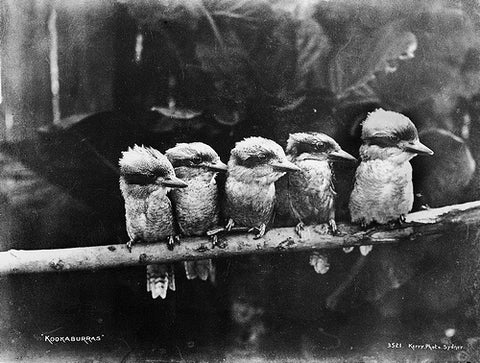
In this bird-by-bird approach to writing, there is no room for perfectionism. (Neil Gaiman famously advised, “Perfection is like chasing the horizon. Keep moving.”, and David Foster Wallace admonished, “If your fidelity to perfectionism is too high, you never do anything.”) Lamott cautions:
"Perfectionism is the voice of the oppressor, the enemy of the people. It will keep you cramped and insane your whole life, and it is the main obstacle between you and a shitty first draft.
[…]
Perfectionism is a mean, frozen form of idealism, while messes are the artist’s true friend. What people somehow (inadvertently, I’m sure) forgot to mention when we were children was that we need to make messes in order to find out who we are and why we are here — and, by extension, what we’re supposed to be writing."
Lamott echoes Susan Sontag (“That’s what a writer does — a writer pays attention to the world.”) and offers a beautiful definition of what it means to be a writer:
"Writing is about learning to pay attention and to communicate what is going on.
[…]
The writer is a person who is standing apart, like the cheese in “The Farmer in the Dell” standing there alone but deciding to take a few notes. You’re outside, but you can see things up close through your binoculars. Your job is to present clearly your viewpoint, your line of vision. Your job is to see people as they really are, and to do this, you have to know who you are in the most compassionate possible sense. Then you can recognize others."
In a sentiment reminiscent of E. B. White’s timeless words on the responsibility of the writer, Lamott considers the core of being a writer:
"To be a good writer, you not only have to write a great deal but you have to care. You do not have to have a complicated moral philosophy. But a writer always tries, I think, to be a part of the solution, to understand a little about life and to pass this on."
That is, one needs to have a moral position. (I myself have long believed that the role of a great writer — or editor, or “curator,” or any other custodian of cultural values — is to frame for people what matters in the world and why.) George Eliot famously observed, “What do we live for, if it is not to make life less difficult for each other?” — a notion Lamott considers in the context of that necessary moral position:
"As we live, we begin to discover what helps in life and what hurts, and our characters act this out dramatically. This is moral material. … A moral position is a passionate caring inside you. We are all in danger now and have a new everything to face, and there is no point gathering an audience and demanding its attention unless you have something to say that is important and constructive. My friend Carpenter says we no longer need Chicken Little to tell us the sky is falling, because it already has. The issue now is how to take care of one another."
She finds in writing what Carl Sagan found in science — profound awe, deep reverence, a source of spiritual elevation:
"In order to be a writer, you have to learn to be reverent. If not, why are you writing? Why are you here? … Think of reverence as awe, as presence in and openness to the world. Think of those times when you’ve read prose or poetry that is presented in such a way that you have a fleeting sense of being startled by beauty or insight, by a glimpse into someone’s soul. All of a sudden everything seems to fit together or at least to have some meaning for a moment. This is our goal as writers, I think; to help others have this sense of — please forgive me — wonder, of seeing things anew, things that can catch us off guard, that break in on our small, bordered worlds. When this happens, everything feels more spacious. […] There is ecstasy in paying attention. You can get into a kind of Wordsworthian openness to the world, where you see in everything the essence of holiness. . ."
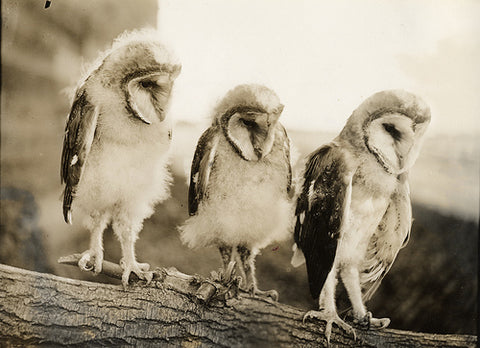
Most of all, however, Lamott sees in writing not a selfish act of personal gratification but an act of warm generosity — which is, after all, what drives all of us who wake up in the morning to put something we love into the world and go to bed at night glad that we did:
"If you give freely, there will always be more. … It is one of the greatest feelings known to humans, the feeling of being the host, of hosting people, of being the person to whom they come for food and drink and company. This is what the writer has to offer."
This mutual gratification is where the mesmerism of literature lies:
"Writing and reading decrease our sense of isolation. They deepen and widen and expand our sense of life: they feed the soul. When writers make us shake our heads with the exactness of their prose and their truths, and even make us laugh about ourselves or life, our buoyancy is restored. We are given a shot at dancing with, or at least clapping along with, the absurdity of life, instead of being squashed by it over and over again. It’s like singing on a boat during a terrible storm at sea. You can’t stop the raging storm, but singing can change the hearts and spirits of the people who are together on that ship."
Bird by Bird is an absolute must-read, and must-reread, in its entirety. Complement it with Annie Dillard on writing, which inspired Lamott, and Dani Shapiro on the pleasures and perils of the creative life, which was inspired by Lamott.
For more notable advice on writing, see Elmore Leonard’s 10 rules of writing,Walter Benjamin’s thirteen doctrines, H. P. Lovecraft’s advice to aspiring writers, F. Scott Fitzgerald’s letter to his daughter, Zadie Smith’s 10 rules of writing, David Ogilvy’s 10 no-bullshit tips, Henry Miller’s 11 commandments, Jack Kerouac’s 30 beliefs and techniques, John Steinbeck’s 6 pointers, and Susan Sontag’s synthesized learnings.
___________________________________
This article was original published on Brainpickings.
Maria Popova is "an interestingness hunter-gatherer and curious mind at large, who has also written for Wired UK, The New York Times, Harvard’s Nieman Journalism Lab, and The Atlantic, among others, and is an MIT Futures of Entertainment Fellow." We are enormous fans of her work and humbled by and grateful to her continuous support of Holstee. You can find her on Twitter and sign up for the weekly Brainpickings newsletter here.
Begin your day feeling grounded and inspired.
A free 30-day email series where we share the most impactful stories and ideas that have helped us on our journey to live a more meaningful life.
✌️ Free. Unsubscribe anytime.

















